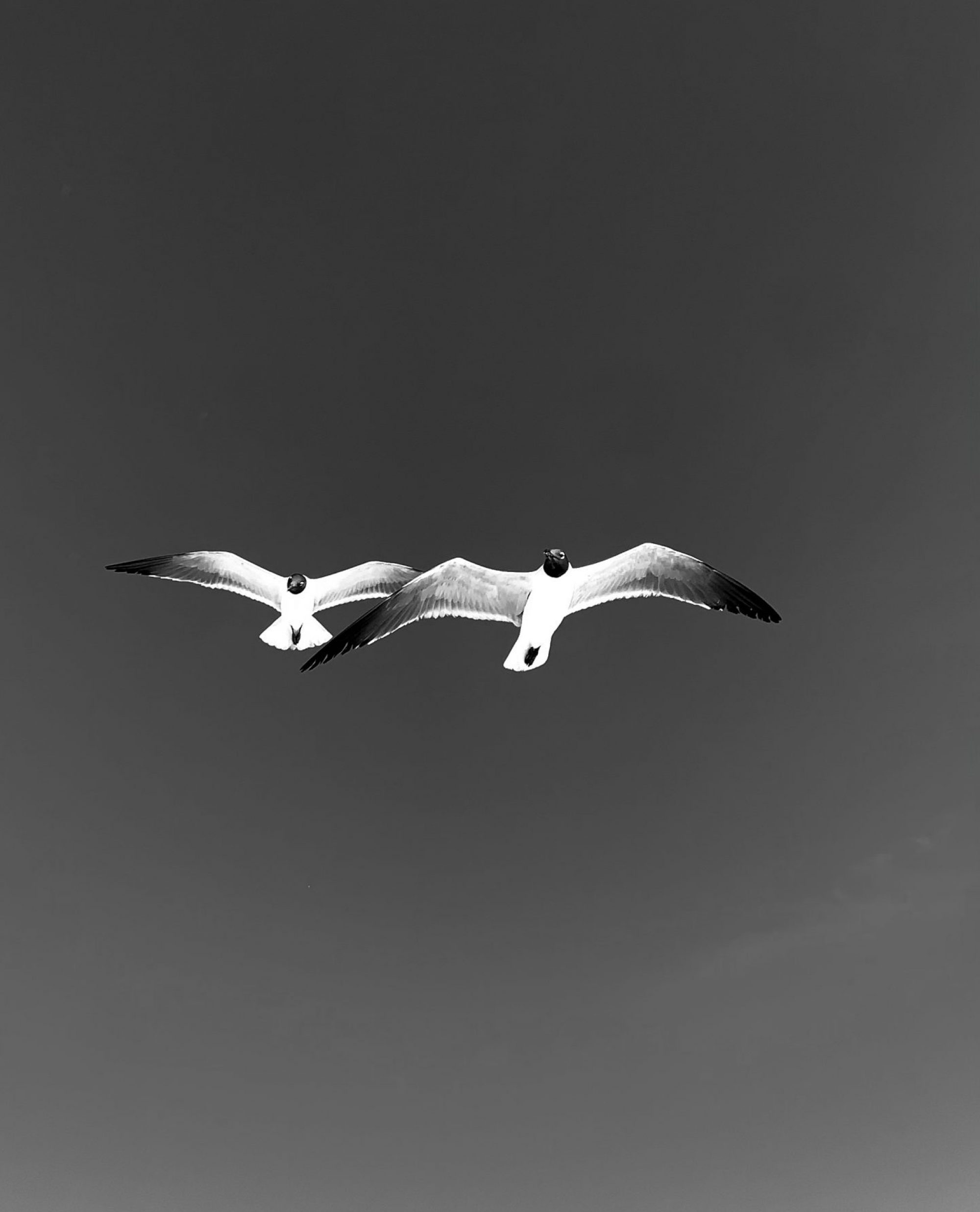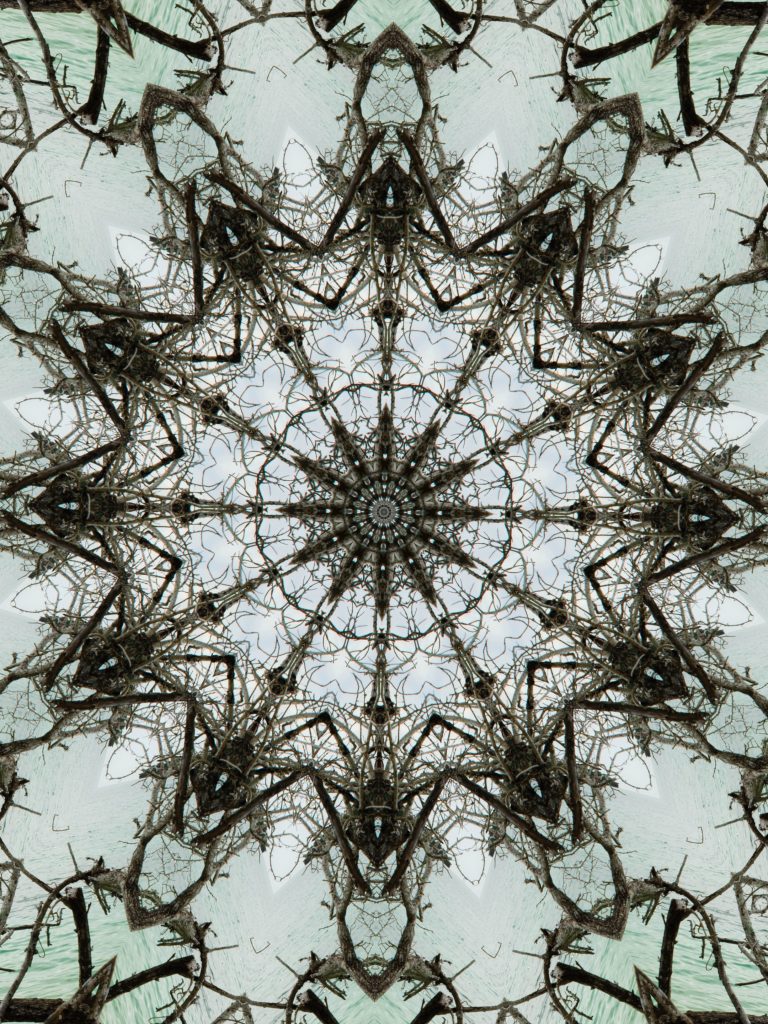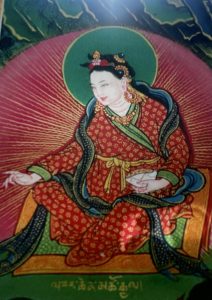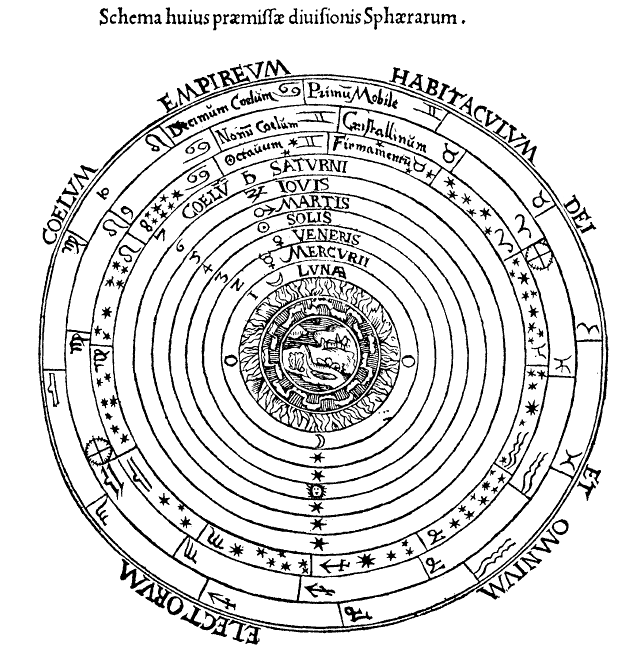
By Jove


Ideas realized

“Life flickers in the flurries of a thousand ills, more fragile than the bubbles on a stream. In sleep, each breath departs and is again drawn in; How wondrous that we wake up living still!”
– from the “Suhrullekha”

Empty but me.
Empty but thee.
Empty but empty empty.
Empty me.
Empty thee.
Empty empty empty.

From interlinking cells memories…
Projections of recollection…
Restrung into dreamy reveries…
Death attainment of freedoms
Necessary for liberation.
Recognize that
Sought,
Dissolution without illusion.
Most who go
Do not,
And so wander.
Needlessly.
Heedlessly.
Endlessly.

Emerging thought
Instantaneously
Dependently
Originating drop,
Of Ocean Inherently.

Who sins grasps at duality,
Places faith in materiality.
Bodhisattva conscious of parity,
That buddha-mind only reality.
Who ignorant
equanimity,
discriminatory.
Such judges by part
or action only
not by what in heart.

From “Lady of the Lotus-Born, The Life and Enlightenment of Yeshe Tsogyal” Chapter 8 “Buddhahood”
This know and understand! The essence of the Guru Siddhi mantra:
om ah hum vajra guru padma siddhi hung
OM: is the union in five Bodies of all Buddhas gone to bliss;
AH: distills the essence of the fivefold wisdom Speech;
HUNG: is the Suchness Body, Wisdom Mind’s five aspects.
VA: is the sign and seal of indestructibility;
JRA: is deployment of the diamond-like compassion;
GU: the guru herukas of the triple time;
RU: the drop of essence that matures and liberates;
PAD: the threshold of the pure abode of bliss;
MA: is staying in the womb of bliss unmoving;
SID: is compassion in great strength and power;
DHI: is the accomplishment that satisfies all wants;
HUNG: the gaining of dominion in the primal ground.
The normal recitation of these twelve essential syllables of the Guru, Lotus-Born, repels suffering and leads beyond it.
When spoken in reverse they purify the faults of body, speech, and mind. Since the twelve dependent links of origination are thereby purified, it is the nature of the ten perfections, and therefore the Great Mother.
“Devoutly recite this mantra.”
hung dhi sid ma pad ru gu jra va hung ah om
HUNG: the life force of all the Buddhas, past, present, and to come;
DHI: accomplishment of all victorious yidams;
SID: the perfect action of the oath-bound and the dakinis;
MA: this cuts delusion from our mothers, wandering beings;
PAD: the supreme land of Buddhas of the triple time;
RU: this shuts the door to karmic energy;
GU: confers empowerment of compassion as the aspect of primordial Wisdom;
JRA: this is Mahamudra, the void, the indestructible;
VA: the symbol of the Wisdom-space;
HUNG: Nirmanakaya, emanated form to teach all beings;
AH: the supreme Dharma, Sambhogakaya;
OM: Kuntuzangpo, Dharmakaya, Primal Purity.

(Sanskrit: avatara / Tibetan: ‘jug pa / ‘entrance’)
[1] Recognize the arising of the intermediate states of: living; dreaming; [S. samādhi] meditation; the moment before death; [S. dharmatā] reality; rebirth…
[2] Take sense perception and the nature of the mind as the path, overcome beast-like slumber, be not swayed by deceptive emotions, separate from the amalgam of flesh and blood, and arrive at the crucial point, when steadfastness and pure vision are vital…
[3] Practice the divine teaching from this moment on:
(S. charya / T. spyod pa / ‘activities’)
Shedding indolence for which life has no time;
Shedding the corpse-like sleep of uncaring ignorance;
Shedding the multitude of distractions and fantasies ;
Shedding all attachment, grasping, and compulsion;
Shedding all feelings of terror and fear, with strong resolve:
I will enter without distraction on the path of study, reflection, and meditation;
I will relax in the natural state of undistracted presence;
I will rest in the state beyond limitations without grasping or losing focus;
I will remain without distraction in the state in which the meaning of the oral teaching is clear;
I will recognize whatever appears as natural manifestations of my own pure awareness;
And determinedly unite with propensities of my past and good deeds.
Recognizing pure awareness [T. rigpa], taking sense perception and the nature of the mind as the path, with strong resolve:
I will train in manifesting the three enlightened dimensions;
I will train in recognizing, generating, and transforming dreams;
I will train in achieving stability in the practice of generation and completion;
I will train in transferring my pure awareness into the unborn expanse of space;
I will train in knowing that sound, light, and rays are apparitions of the intermediate state;
I will train in blocking the womb entrances and recall the methods of reversal.
(bodhi[sattva] / sems dpa’ / ‘heroic being’)
Now that I have obtained a precious human body,
I do not have leisure to remain in the ways of distraction.
Having overcome beast-like slumber,
I will treasure the practice of integrating sleep and clear light.
Free of all activity, practicing single-mindedly,
I will not be swayed by deceptive emotions.
I will recognize my body as an ephemeral illusion.
I will not fear the host of peaceful and wrathful deities that emanate from myself.
I renounce all attachments and meditate on my spiritual teacher with his consort.

[16] [The Teacher said,] “There where is the nous (discriminating awareness), lies the treasure.”
[17-21] Then I said to him: “Lord, when someone meets you in a Moment of Vision, is it through the soul [psychē] that they see, or is it through the spirit [pneuma]?”
[22-25] The Teacher answered: “It is neither through the soul nor the spirit, but the nous between the two which sees the vision…
…
[7-9] “All that is composed shall be decomposed; everything returns to its roots; matter returns to the origin of matter.”
[10] “Those who have ears, let them hear.”
– The Gospel of Mary Magdalene
